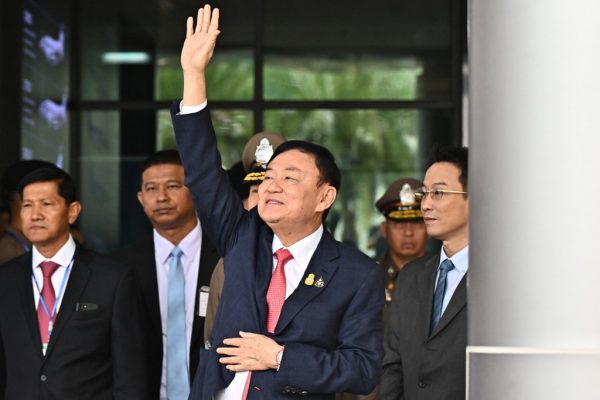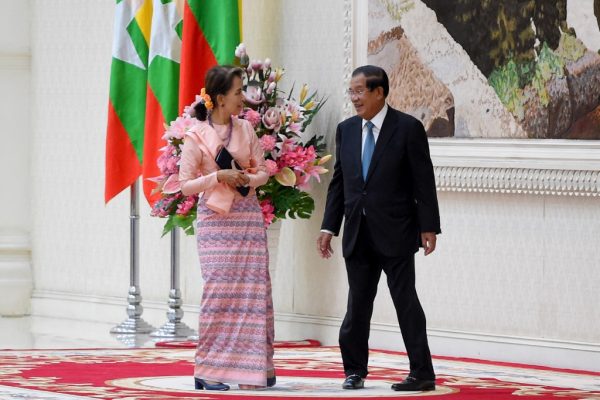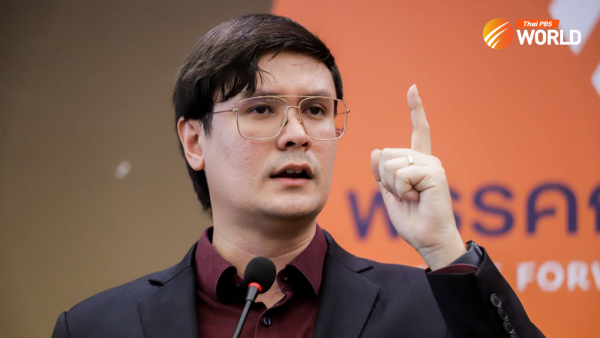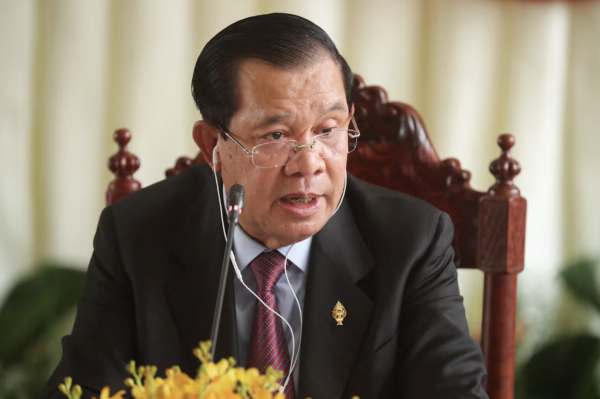Myanmar Report: The coup and the use of all weapons possible

When it comes to Myanmar’s military, under the leadership of its commander-in-chief Min Aung Hlaing, it is no surprise that religious and other superstitious beliefs play a big role in his decisions.
The big donation
After the coup, on February 1st, the first move of the military-installed State Administration Council was to “donate” gold to the Shwe Dagon, which usually involves sticking gold leaf onto the pagoda, one of the most famous and important pagodas in the Buddhist-majority country of Myanmar.
Once the decision was made public, the people of Myanmar widely believed this to be a move to placate the majority of the population, and stop them from rioting against the military government, as well as to utilize funds, including the gold from pagodas, for military campaigns.
A report followed that money, donated to the Shwe Dagon Pagoda, had been seized. Its board of trustees officially denied the report, saying that the majority of the funds are safely deposited in government banks.
Then the military-owned Myawaddi TV channel reported that the government will be undertaking a project to renovate the pagoda with “gold plates”, which means that gold leaves will be stuck onto porcelain or ceramic plates first, and then cemented onto the pagoda, in order to make it “shine more” with “holy light”.
While such projects are regularly carried out all over Myanmar, the Shwe Dagon Pagoda usually only sees such upgrades every four years. The most recent was in 2018, finishing in 2019, under the civilian government led by the now-deposed State Counselor Aung San Suu Kyi.

Junta chief Min Aung Hlaing had also lined up, before the coup, a project to create a huge Buddha-bust, carved out of jade, in the Dekhinathiri Township of Nay Pyi Taw.
While the project was put on hold for a while, because the coup was underway, it did not take long for Min Aung Hlaing to transport, in a huge military convoy, the block of jade which is to become the Bumiphatha Mudra Buddha statue, which the Myawaddi media claimed will become the “most holy” of all busts made in Buddha’s image.
The building and opening of pagodas in Myanmar is also what each successive military leader has done throughout history. General Khin Nyunt built the Kyauktaw Gyi Pagoda in Yangon with a similar jade Buddha statue. That particular statue, however, had been widely criticized, because the bust’s facial features looked remarkably similar to those of Senior-General Than Shwe.
The alphabet
Since the February 1st coup, people have speculated that the names of locations, which have seen more deaths and pressure,started with the Burmese letter “Ma”. The name Min Aung Hlaing begins with the letter “Ma”, which was rumored to have been changed for better luck. Min Aung Hlaing was born on Tuesday 3rd July 1956, a name beginning with “Ma”, traditionally, isn’t a good fit for him. Names beginning with “Ma” are, superstitiously,usually reserved for those born on Thursdays.
While that is no longer the case, as violence continues to rage after over 500 people have died, the initial wave of deaths and violent arrests happened in those places. The places were Mandalay, Myitkyina, North Oakkala, Magway, Myaing, North Dagon, Myingyan, Mingalar Taungnyunt, Mawlamyaing, Monyway, Myeik and many more with names that begin with “Ma”.

The Buddhist monk
It is widely known in Myanmar that all successive military-leaders have one particular and famous monk who they venerate, to help “bless” whatever they do.
Min Aung Hlaing is also publicly known to favour the “Wa Si Pate Sayadaw” (essentially, a powerful monk who has taken a vow of silence) and he also told Min Aung Hlaing to carry out things according to the telling of his fortune.

All weapons possible
The belief in the supernatural also extends to the Tatmadaw troops. Many people in Myanmar believe that to go “under” the clothing or accessories worn by women will lower their spiritual level, and that it will bring them misfortune. The world saw how the protesters used this belief to their advantage on international women’s day, known as the Htamain revolution.
It is quite obvious to the people of Myanmar that tangible weapons are not the only tools which Min Aung Hlaing and his administration are deploying, from Buddhist beliefs to other traditional superstitions, to try to ensure that his coup-installed government remains in power.
by David Tun
The left-handed pen
As international pressure increases, the coup installed government of Myanmar, led by Senior General Min Aung Hlaing, has ordered the news media to submit to reporting the military’s propaganda, while security forces attack and detain members of the press.






